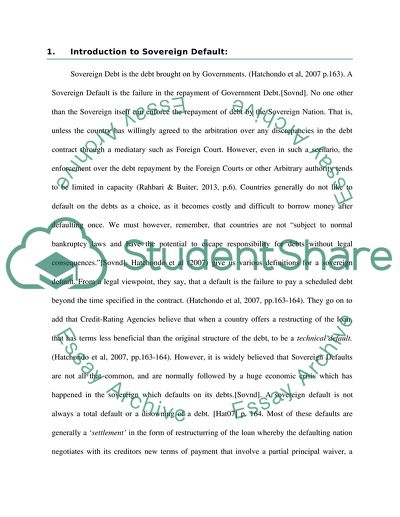Cite this document
(Sovereign Defaults and Bailouts Term Paper Example | Topics and Well Written Essays - 2250 words, n.d.)
Sovereign Defaults and Bailouts Term Paper Example | Topics and Well Written Essays - 2250 words. Retrieved from https://studentshare.org/macro-microeconomics/1815023-sovereign-defaults-and-bailouts
Sovereign Defaults and Bailouts Term Paper Example | Topics and Well Written Essays - 2250 words. Retrieved from https://studentshare.org/macro-microeconomics/1815023-sovereign-defaults-and-bailouts
(Sovereign Defaults and Bailouts Term Paper Example | Topics and Well Written Essays - 2250 Words)
Sovereign Defaults and Bailouts Term Paper Example | Topics and Well Written Essays - 2250 Words. https://studentshare.org/macro-microeconomics/1815023-sovereign-defaults-and-bailouts.
Sovereign Defaults and Bailouts Term Paper Example | Topics and Well Written Essays - 2250 Words. https://studentshare.org/macro-microeconomics/1815023-sovereign-defaults-and-bailouts.
“Sovereign Defaults and Bailouts Term Paper Example | Topics and Well Written Essays - 2250 Words”, n.d. https://studentshare.org/macro-microeconomics/1815023-sovereign-defaults-and-bailouts.


